|
Tao Te Ching
THE TAOISM OF LAO TZU
|
Tao Te Ching
|
The Book
The Taoism of Lao Tzu Explained. The great Taoist philosophy classic by Lao Tzu translated, and each of the 81 chapters extensively commented. Click the image to see the book at Amazon (paid link). |
Unity with the One
The one is surely Tao, the Way. By conforming to Tao so much that it became unity, the powers of the world were established. Without that unity, they would lose their roots, and their substance would dissolve. This is no greater mystery to Lao Tzu, than it is to us that neither galaxies nor their stars and planets would have appeared without gravity to pull them together.
The expression `all things' is literally `the ten thousand things,' an old Chinese expression meaning so many things that it has to be all of them. Animals and people are also included, but as can be seen above, some significant powers or entities are not.
Spirits
One of these singled out entities is the spirit world. Some translations call them gods, but that says more about them than Lao Tzu is confirmed to have intended. What a god is differs from one tradition to another. The writer of the Tao Te Ching only mentions the divine a couple of times, in passing, as if not at all convinced of their existence. He certainly doesn't give them a significant role in the universe he describes.The spirits he mentions might be ancestral souls. That's a common belief in many cultures of old. They might also be expressions of some animistic concept, regarding all things in nature as equipped with some kind of soul, life, or will. Whatever the case, they are not to be understood as spirits within living creatures, and Lao Tzu grants them no ruling role in his cosmos.
The line about the spirits becoming deities is difficult to translate from the Chinese. The words used for spirit, shen, and deity, ling, are different, but almost synonymous. One might as well read the line as deities getting spirits – or even better: spirits getting souls.
Of course, all these three concepts are vague and completely dependent on to what culture they refer. Exactly what Lao Tzu might mean with the words he uses for them is not possible to deduct with any certainty. Fortunately, it's not necessary, since he gives them minimal importance.
In chapter 60, Lao Tzu mentions the ghosts, kuei, which are not identical to the deified spirits mentioned here, but the ghosts of deceased ancestors.
This chapter focuses on the necessity for the main parts of the world to be in accordance with Tao, or they will cease to function and there will be disorder. That goes for all the parts. They are equally needed in the grand scheme of things. So, there is no point in any one of them being exalted above the others. It's a team work, one might say, a great harmony where every piece fits, and nothing could be removed without damage to the whole.
That's reason for modesty. Humility is also the trait of Tao. Therefore, it would be hard to stay united without equal humility.
NEXT
Tao Te Ching Explained
Preface
Introduction
Literature
translated and explained by Stefan Stenudd.
1 |
2 |
3 |
4 |
5 |
6 |
7 |
8 |
9 |
10 |
11 |
12 |
13 |
14 |
15 |
16 |
17 |
18 |
19 |
20 |
21 |
22 |
23 |
24 |
25 |
26 |
27 |
28 |
29 |
30 |
31 |
32 |
33 |
34 |
35 |
36 |
37 |
38 |
39 |
40 |
41 |
42 |
43 |
44 |
45 |
46 |
47 |
48 |
49 |
50 |
51 |
52 |
53 |
54 |
55 |
56 |
57 |
58 |
59 |
60 |
61 |
62 |
63 |
64 |
65 |
66 |
67 |
68 |
69 |
70 |
71 |
72 |
73 |
74 |
75 |
76 |
77 |
78 |
79 |
80 |
81 |
Tao Te Ching Explained
James Legge's Tao Te Ching
Aleister Crowley's Tao Te Ching
The 1st Chapter of Tao Te Ching in 76 Versions
Lao Tzu — Legendary Author of Tao Te Ching
My Taoism BooksClick the image to see the book at Amazon (paid link).
The Taoism of Lao Tzu Explained. The great Taoist philosophy classic by Lao Tzu translated, and each of the 81 chapters extensively commented. |
About Cookies
My Other Websites:
I Ching Online
The 64 hexagrams of the Chinese classic I Ching and what they mean in divination. Try it online for free.
Qi Energy Exercises
The ancient Chinese life energy qi (chi) explained, with simple instructions on how to exercise it.
Life Energy
The many ancient and modern life force beliefs all over the world explained and compared.
Taoismen på svenska
Other Books by Stefan Stenudd
Click the image to see the book at Amazon (paid link).
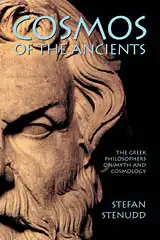 Cosmos of the Ancients
Cosmos of the Ancients
The Greek philosophers and what they thought about cosmology, myth, and the gods.
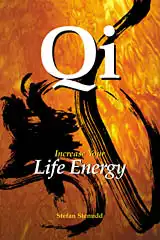 Qi — Increase Your Life Energy
Qi — Increase Your Life Energy
The life energy qi (also chi or ki) explained, with exercises on how to awaken, increase and use it.
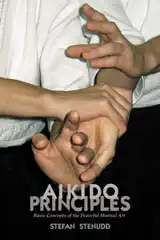 Aikido Principles
Aikido Principles
Basic concepts of the peaceful martial art. Aikido principles, philosophy, and fundamental ideas.
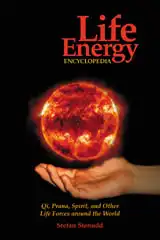 Life Energy Encyclopedia
Life Energy Encyclopedia
Qi, prana, spirit, ruach, pneuma, and many other life forces around the world explained and compared.
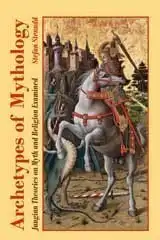 Archetypes of Mythology
Archetypes of Mythology
Jungian theories on myth and religion examined, from Carl G. Jung to Jordan B. Peterson.
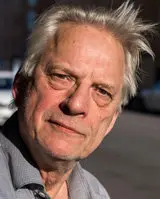 Stefan Stenudd
Stefan Stenudd
About me
I'm a Swedish author and aikido instructor. In addition to fiction, I've written books about Taoism and other East Asian traditions. I'm also an historian of ideas, researching ancient thought and mythology. Click the image to get to my personal website.Contact

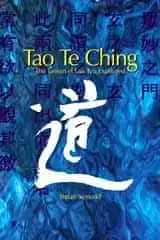 Tao Te Ching
Tao Te Ching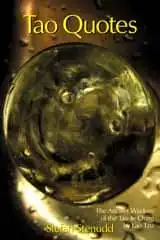 Tao Quotes
Tao Quotes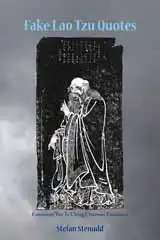 Fake Lao Tzu Quotes
Fake Lao Tzu Quotes